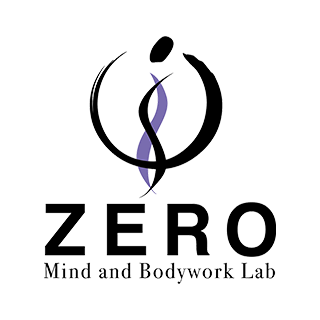Introduction
Hello, I’m Hidefumi Otsuka, offering Rolfing sessions in Shibuya, Tokyo.

From April 8 to 25, 2025, I completed the first three weeks (four days per week, Tuesday through Friday, totaling 12 days) of the Advanced Rolfing Training (AT) held in Ichigaya, Tokyo, hosted by the Japan Rolfing Association. The instructors were Ray McCall and Hiroyoshi Tahata.
Summary of AT – A 7-Part Series on “Neutral”
Reflecting on the first half of this Advanced Training, the most profound learning for me was the question: What does it mean to be “neutral” during a session?
To summarize what I’ve taken from the AT, I am writing a seven-part blog series focusing on the theme of “Neutral” under the following titles:
- 1. What is Neutral?
- 2. What is Presence?
- 3. Working with Limitations and Possibilities
- 4. The Relationship Between Energy Work and Body Awareness
- 5. Practicing Right Action
- 6. Listening Touch: The Neutral Way of Touching
- 7. What is Integration?
In this final post, I’d like to reflect on the overarching theme of Integration—what it truly means in the context of Rolfing.
Integration Is Not Just “Putting Things Together”
I asked Ray several times during the training: What exactly is integration?
But I’ve come to feel that it’s hard to express in a single phrase.
One thing is clear: In Rolfing, integration is not simply about putting body parts into their “correct positions.”
Based on what I learned during AT, I would describe integration as:
- Each part of the body functioning independently, yet in coordinated harmony
- A sense of natural coherence that arises from within—not imposed from the outside
- A fluid connection between “parts” and “whole”
In other words, integration may be best understood as:
“Coordinated freedom” or “self-organizing order”
—something that emerges, rather than being mechanically assembled.
Why Is Integration Important?
The human body is an incredibly sophisticated self-regulating system.
However, injuries, chronic stress, and habitual patterns can disrupt this natural order and lead to “local optimization” or fragmentation.
Rolfing sessions aim to restore a sense of wholeness to the body.
When integration occurs:
- Movement becomes more effortless
- Breathing deepens
- Bodily awareness becomes richer, and one’s sense of self becomes clearer
These shifts often arise naturally, without force.
What Supports Integration?
To facilitate integration, the following elements are essential:
1. Staying Neutral
The practitioner must remain neutral.
Integration is not something we cause—it’s something we support as it arises.
2. Maintaining Presence
Through presence, we can perceive subtle cues:
What is needed? What is emerging?
3. Seeing Both Limitation and Possibility
We do not reject limitation or chase only possibility.
Instead, we hold a dynamic balance between the two.
4. Energetic Sensitivity
We sense the body and surrounding space as one continuous field, tuning into even the most subtle shifts.
5. Choosing Right Action
We continuously choose the most appropriate way to relate—balancing letting happen and making happen.
6. Touching with Listening
We don’t manipulate the body—we listen with our hands.
It is through this receptive contact that transformation becomes possible.
Integration Is the Emergence of Living Order
In Rolfing, integration is not something imposed from outside—it is the emergence of living order from within the body itself.
The practitioner’s role is to hold a space where that order can naturally arise, and to offer only the minimal support necessary.
Integration is best understood as a dynamic, open process co-created by practitioner and client.
Summary
- Integration is the process by which the parts of the body function independently yet collaborate freely as a whole
- To foster integration, we need: neutrality, presence, awareness of potential, energetic sensitivity, Right Action, and Listening Touch
- Integration is not manipulation—it is the support of living order as it arises
- The true goal of Rolfing is for the client to live more freely, more fully as themselves
Through the 10-Series and individual sessions, what we ultimately aim for is this deeper form of integration.
I hope this post offers something meaningful for your own practice or reflection.

